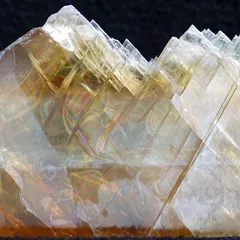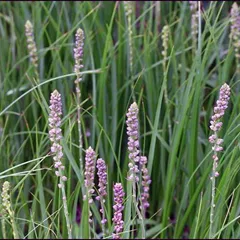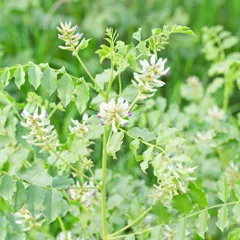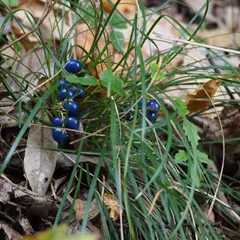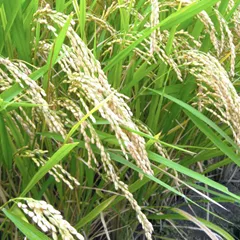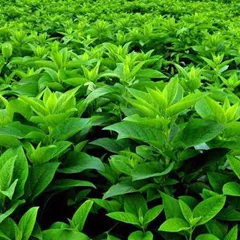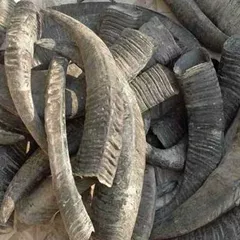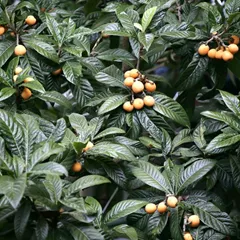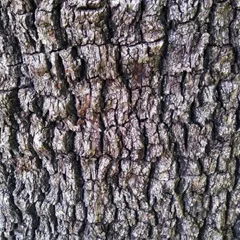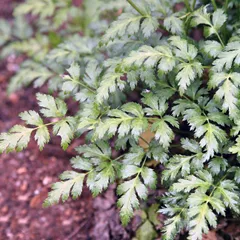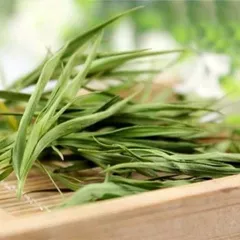Xie Bai San
Xie Bai San
Chinese: 泻白散
Pinyin: Xiè Bái Sàn
Other names: Drain the White Powder
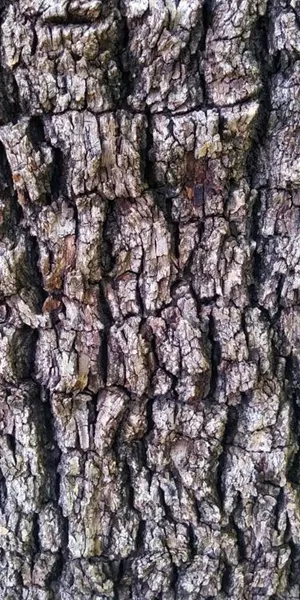
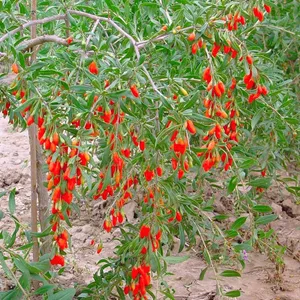
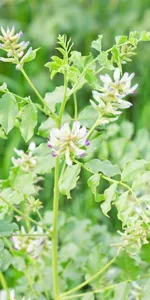
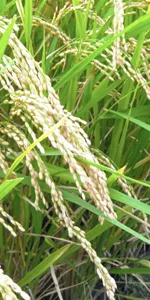
Xie Bai San
Xie Bai San
Chinese: 泻白散
Pinyin: Xiè Bái Sàn
Other names: Drain the White Powder
Number of ingredients: 4 herbs
Formula category: Formulas that clear Heat from the Organs
Conditions for which it may be prescribed: PneumoniaPertussisUrticaria and four other conditions
- Drains Heat from the Lungs
- Calms wheezing
Contraindications: It is contraindicated for coughing and wheezing due to Wind-Cold, Wind-Heat, or... It is contraindicated for coughing and wheezing due to Wind-Cold, Wind-Heat, or Damp-Phlegm. It is often modified to protect the Spleen from injury by the cold-natured herbs in the formula. see more
Source date: 1119 AD
Source book: Craft of Medicinal Treatment for Childhood Disease Patterns
The information provided here is not a replacement for a doctor. You shouldn't use it for the purpose of self-diagnosing or self-medicating but rather so you can have a more informed discussion with a professional TCM practitioner.
Xie Bai San is a 4-ingredient Chinese Medicine formula with Mulberry Bark (Sang Bai Pi) as a principal ingredient.
Invented in 1119 AD, it belongs to the category of formulas that clear Heat from the Organs. Its main actions are: 1) drains Heat from the Lungs and 2) calms wheezing.
In Chinese Medicine health conditions are thought to arise due to "disharmonies" in the body as a system. These disharmonies are called "patterns" and the very purpose of herbal formulas is to fight them in order to restore the body's harmony.
In this case Xie Bai San is used by TCM practitioners to fight patterns like Lung Heat. From a Western Medicine standpoint, such patterns can give rise to a range of conditions such as early stage measles, pneumonia or bronchitis for instance.
On this page, after a detailed description of each of the four ingredients in Xie Bai San, we review the patterns and conditions that Xie Bai San helps treat.
The four ingredients in Xie Bai San
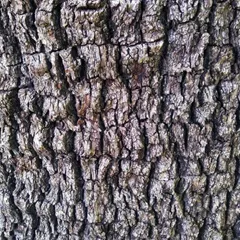
Sang Bai Pi is a king ingredient in Xie Bai San. Like the name indicates, it means it has more power than other ingredients in the formula.
1. Mulberry Bark (Sang Bai Pi)
Part used: Dried root bark
Nature: Cold
Taste(s): Sweet
Meridian affinity: Lung
Category: Herbs that cool the Blood
Sang Bai Pi drains stagnant Heat from the Lungs and thereby stops the coughing and wheezing. It combines a moistening nature with an acrid flavor, allowing it to drain Heat without damaging the Lungs, which is regarded as the 'tender organ.' This is particularly suitable in a formula directed specifically at children.
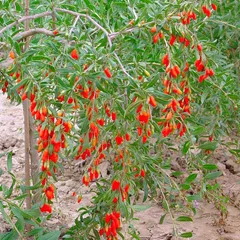
Di Gu Pi is a deputy ingredient in Xie Bai San. This means it helps the king ingredient(s) treat the main pattern or it serves to treat a coexisting pattern.
2. Goji Tree Root Bark (Di Gu Pi)
Part used: Dried root bark
Nature: Cold
Taste(s): Sweet
Meridian affinity: KidneyLiverLung
Category: Herbs that cool the Blood
Di Gu Pi sweet, bland and bitter. It enters the Kidneys to clear Heat from Deficiency and into the Lungs to drain accumulated Fire.
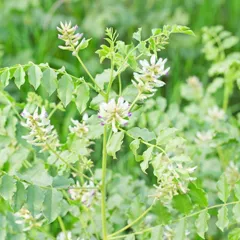
Gan Cao is an assistant ingredient in Xie Bai San. This means that it either serves to reinforces the effect of other ingredients or it moderates their toxicity.
3. Liquorice (Gan Cao)
Part used: Dried root and rhizome
Nature: Neutral
Taste(s): Sweet
Meridian affinity: HeartLungSpleenStomach
Category: Tonic herbs for Qi Deficiency
In general Gan Cao's main actions are as follows: "Tonifies the Basal Qi and nourishes the Spleen Qi. Clears Heat and dispels toxicity. Moistens the Lungsexpel phlegm and stop coughing. Relieves spasms and alleviates pain. Harmonizes and moderates the effects of other herbs."
In the context of Xie Bai San, it is used because it protects the Stomach from the cold properties of the other herbs.
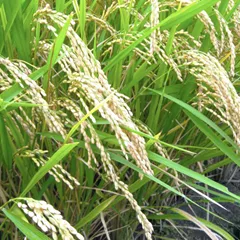
Jing Mi is an assistant ingredient in Xie Bai San. This means that it either serves to reinforces the effect of other ingredients or it moderates their toxicity.
4. Rice Sprouts (Jing Mi)
Part used: Seed kernels
Nature: Neutral
Taste(s): Sweet
Meridian affinity: SpleenStomach
Category: Tonic herbs for Qi Deficiency
In general Jing Mi's main actions are as follows: "Replenishes Qi and tonifies the Spleen and Stomach. Eliminates thirst. Stops diarrhea."
In the context of Xie Bai San, it is used because it protects the Stomach from the cold properties of the other herbs.
Xie Bai San is used to treat Lung Heat
It's important to remember that herbal formulas are meant to treat patterns, not "diseases" as understood in Western Medicine. According to Chinese Medicine patterns, which are disruptions to the body as a system, are the underlying root cause for diseases and conditions.
As such Xie Bai San is mostly used to treat the pattern "Lung Heat" which we describe below.
But before we delve into Lung Heat here is an overview of the Western conditions it is commonly associated with:
Early stage measles Pneumonia Bronchitis Pertussis Conjunctivitis Herpes simplex Urticaria
Again it wouldn't be correct to say "Xie Bai San treats early stage measles" for instance. Rather, Xie Bai San is used to treat Lung Heat, which is sometimes the root cause behind early stage measles.
Now let's look at Lung Heat, a pattern that TCM practitioners commonly treat with Xie Bai San.
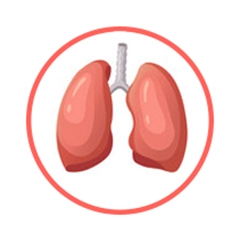
The Lungs is a so-called "Zang" Organ. Learn more about the Lungs in Chinese Medicine
Lung Heat
Pulse type(s): Rapid (Shu), Slippery (Hua)
Symptoms: Acne Thirst Sweating High fever Feeling of heat Shortness of breath Cough with thin yellow sputum
Xie Bai San is sometimes prescribed by TCM practitioners to treat Lung Heat. This pattern leads to symptoms such as feeling of heat, thirst, high fever and cough with thin yellow sputum. Patients with Lung Heat typically exhibit rapid (Shu) or slippery (Hua) pulses.
Lung Heat can be acute or chronic.
When acute, it is one of the five patterns of the Qi level, the second level of the Four Levels theory. In that case, it is caused by external invasion of the Lungs by Wind-Heat. The patients usually suffer from flaring of nostrils because the Lungs open to the... read more about Lung Heat
Formulas similar to Xie Bai San
Bai Hu Tang is 50% similar to Xie Bai San
Mai Men Dong Tang is 33% similar to Xie Bai San
Hua Ban Tang is 33% similar to Xie Bai San
Pi Pa Qing Fei Yin is 33% similar to Xie Bai San
Zhu Ye Shi Gao Tang is 29% similar to Xie Bai San
Si Jun Zi Tang is 25% similar to Xie Bai San

